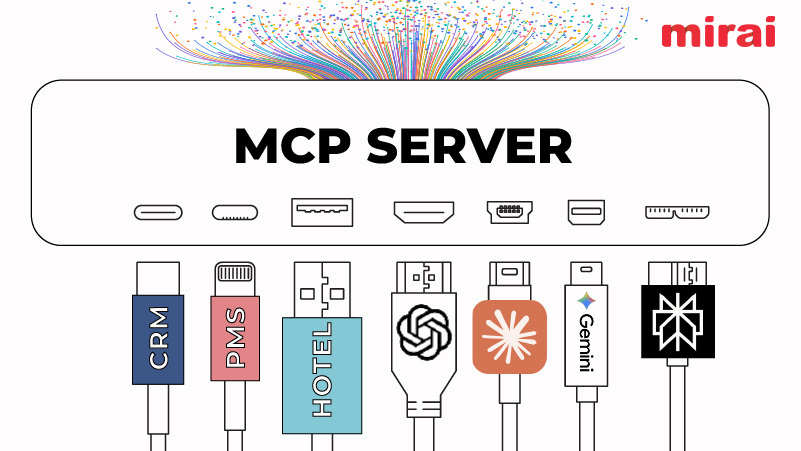Are your rooms priced too high, too low, or just right? When should you offer discounts, and when is it better to hold your rates?
NB: This is an article from RoomPriceGenie, one of our Expert Partners
Subscribe to our weekly newsletter and stay up to date
These are crucial questions faced by independent hotels daily. Many hoteliers, fearing loss of bookings to competitors, adopt a “fire sale” approach to revenue management, always offering deep discounts. Others maintain static rates regardless of demand.
Discounting is an effective way to boost bookings when demand is soft. However, if underutilized or mismanaged, it leads to lost bookings and underpriced rooms, cutting into the hotel’s revenue and profitability.
At a time when hotel operating costs have soared to record levels, the need for optimal pricing is more important than ever. In this guide for independent lodging operators, we explain how to adopt a strategic approach to room discounting, balancing occupancy and average rate to maximize revenue.
What Is Hotel Room Discounting?
Discounting in the hotel business involves lowering room prices to increase demand. It’s used to:
- Attract the attention of travel shoppers
- Convert more bookings
- Boost occupancy during slow periods
- Target budget-conscious travelers
- Lure business away from competitors
Discounts are typically calculated as a percentage or set amount off the hotel’s maximum rates (rack rates) or best available rates (BAR).
Travelers expect to pay a premium on busy dates; during quieter times, they often scour the internet in search of deals. Whereas targeted discounts can help capture bookings from price-sensitive travelers, constant sales dilute a property’s average rate and value. Travelers grow to expect deals year-round and wait for them before booking.
A Better Approach: Strategic Discounting
Independent properties generally have more flexibility with discounting than branded hotels, where pricing may be controlled from a centralized or regional office. This can be a big advantage in a highly competitive market.
However, instead of offering constant promotions and across-the-board price cuts, hotels can earn more revenue by discounting strategically to achieve specific revenue management objectives.
Start by establishing these baseline parameters:
- Minimum rate for each room type by season
- Maximum rate for each room type by season
- Monthly objectives for occupancy, average daily rate, and RevPAR (revenue per available room)
Manage daily room rates dynamically within these parameters, establishing rate structures for different times of year and days of the week. Adjust rates frequently based on changes to market demand, competitor pricing, price sensitivity, occupancy, and booking pace. This will help maximize revenue during peak times while attracting guests during slower periods.
If you’re on pace to meet revenue objectives, discounts may not be necessary. However, smart discounting can help exceed targets.
Rate Fences: The Key to Targeted Discounting
Rather than offer the same rates to all guests, target specific segments with rate fences – conditions travelers must meet to qualify for special rates. This includes:





